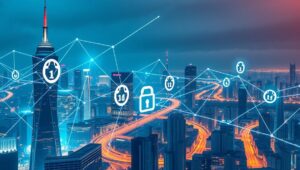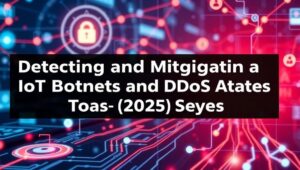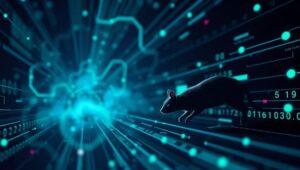Building Resilient Computing Systems Against Attacks (2025+)
Building Resilient Computing Systems Against Attacks (2025+) In an increasingly interconnected and digitized world, the resilience of computing systems against cyberattacks is paramount. As we advance into 2025 and beyond, the sophistication and frequency of these attacks are expected to escalate, demanding a proactive and robust approach to cybersecurity. This article explores the key strategies and technologies for building resilient computing systems capable of withstanding and recovering from advanced cyber threats. Understanding the Evolving Threat Landscape The threat landscape is continuously evolving, with attackers leveraging advancements in AI, machine learning, and quantum computing to develop more sophisticated attack vectors. Common












